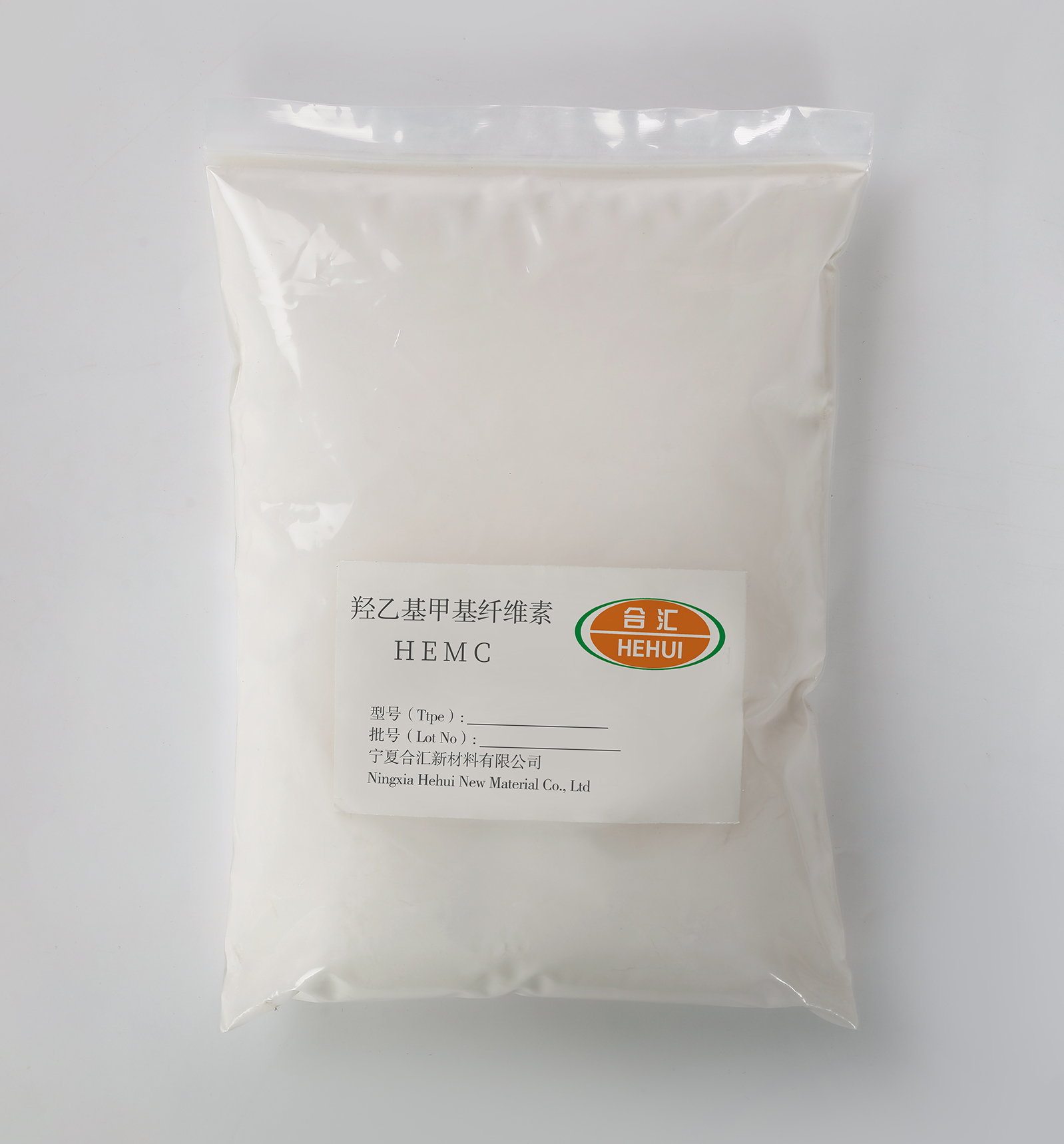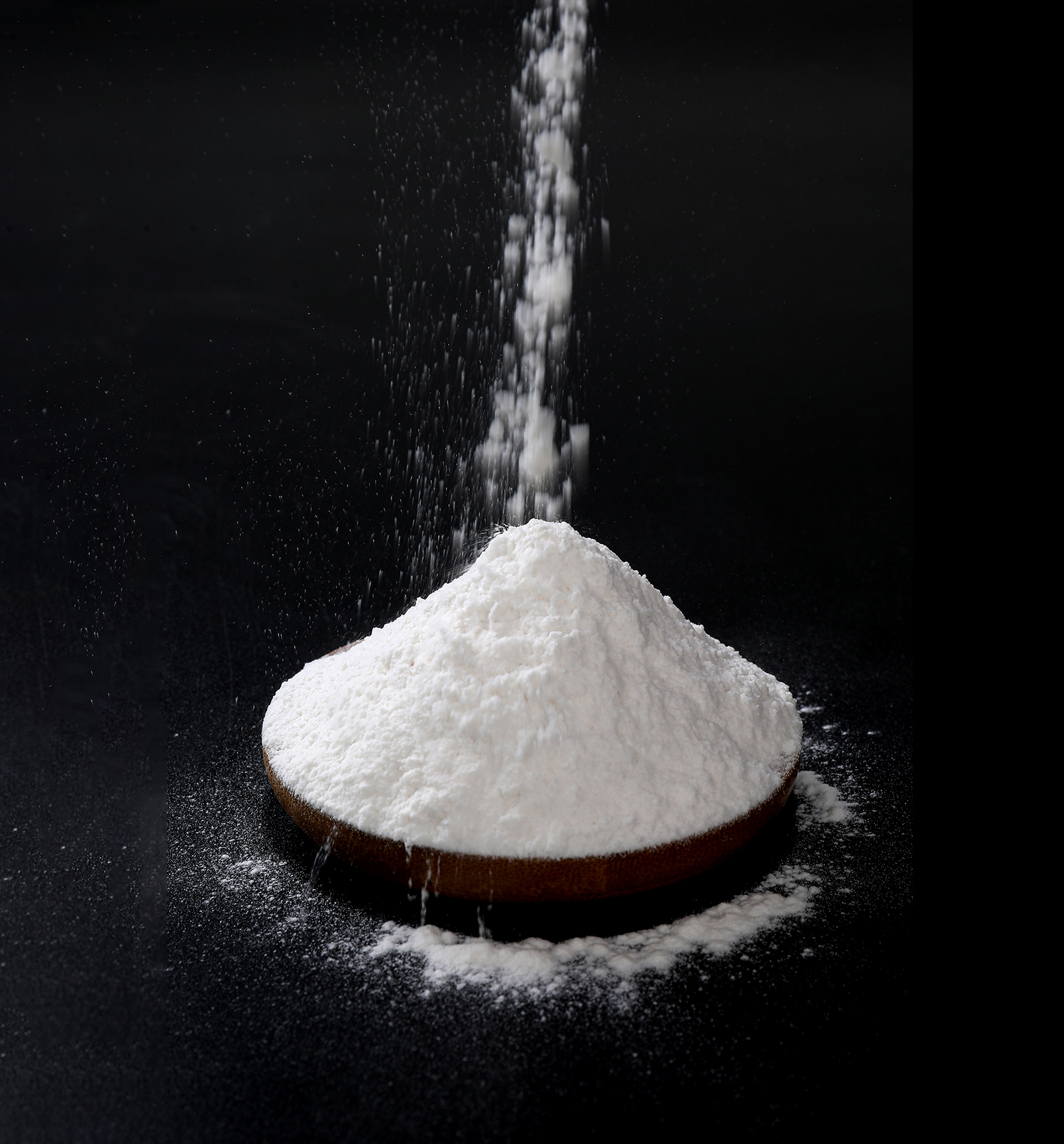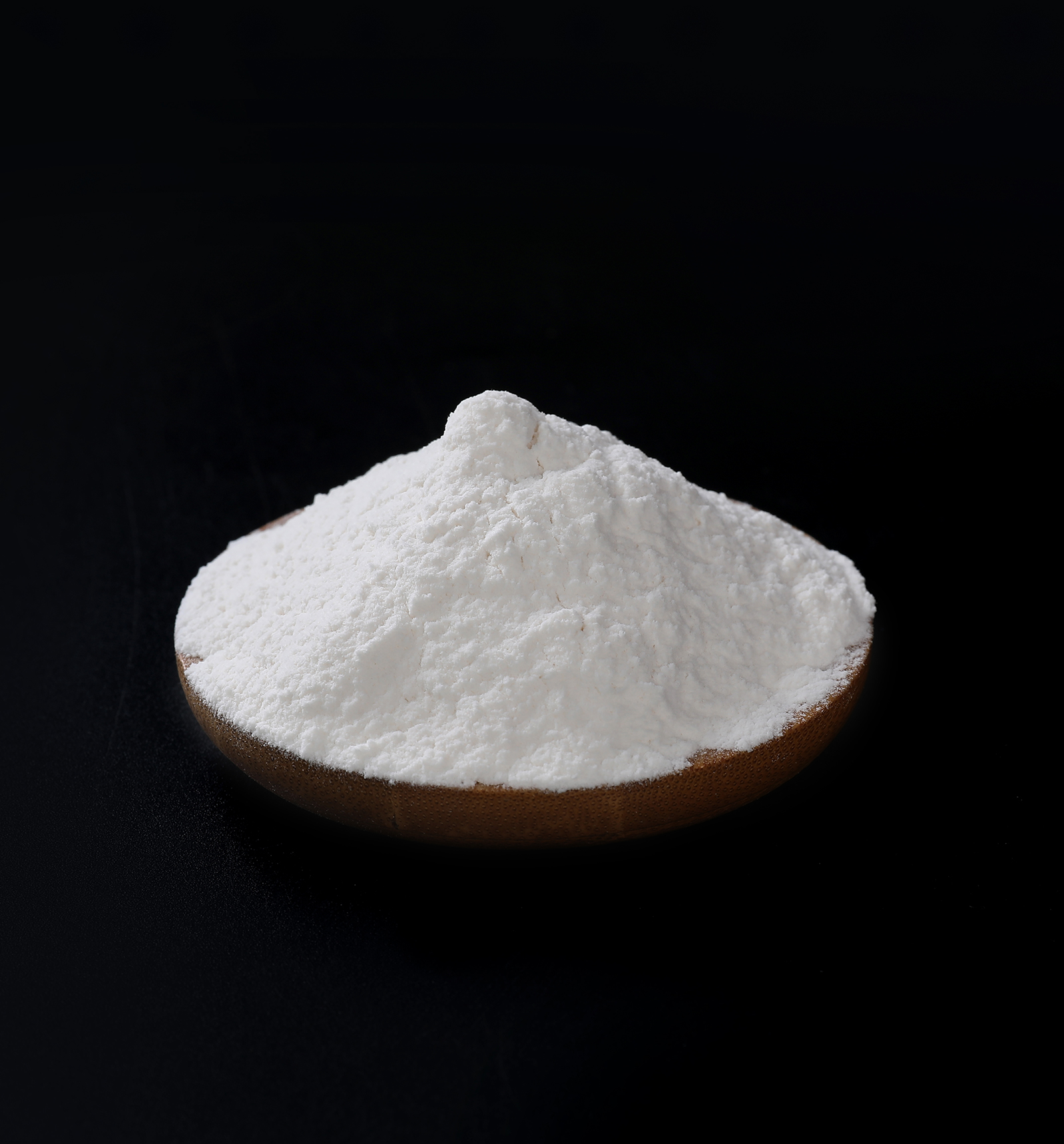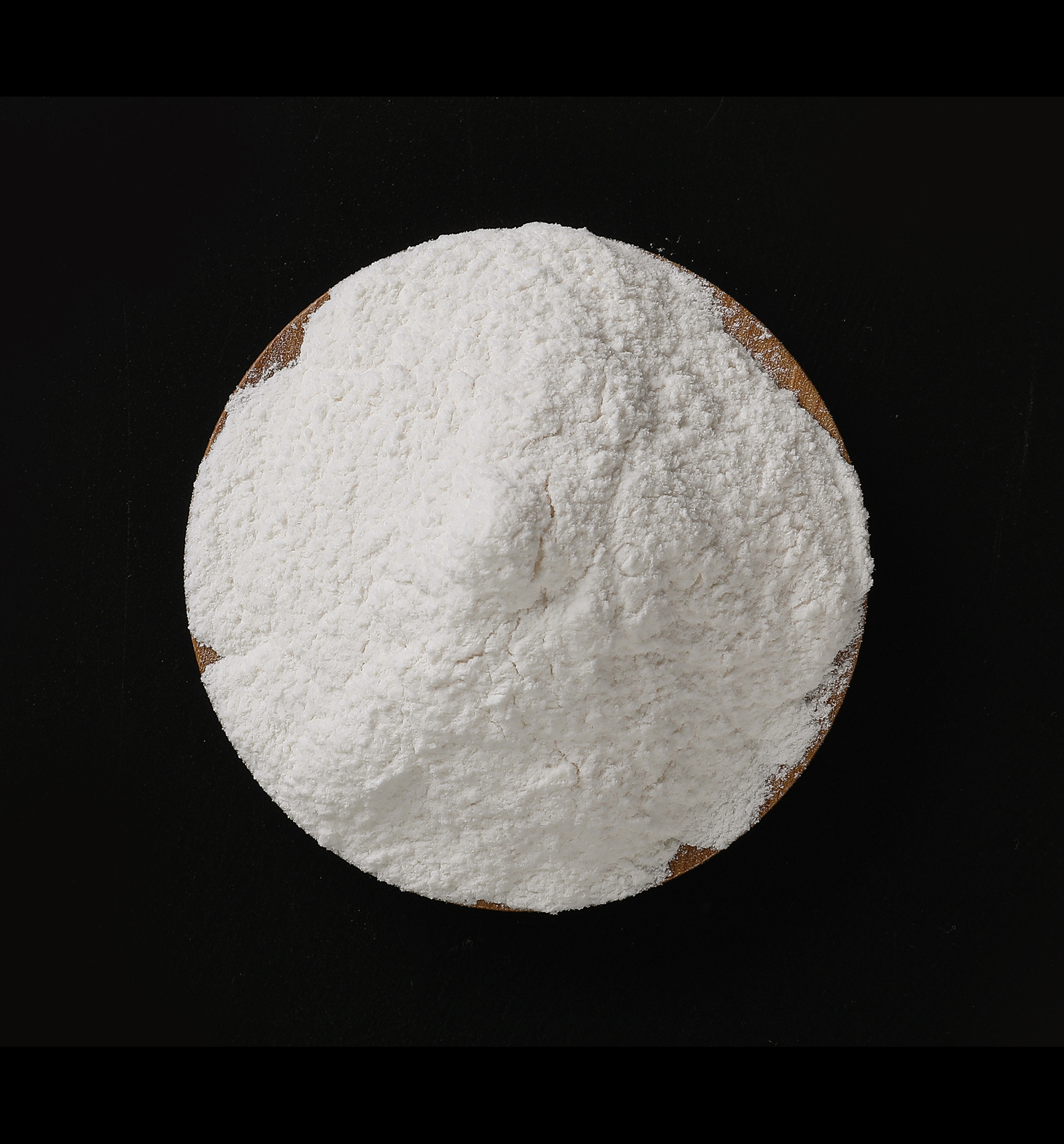Description
hydroxyethyl methyl cellulose(HEMC) is a non-ionic polymer in white or white-like powder form. It is soluble in cold water but not in hot water. The solution is pseudoplastic and offers high shear viscosity. HEMC is mainly used as adhesive, Protective Colloid, thickener and stabilizer, and emulsifying additive. The application of hydroxyethyl methyl cellulose in coatings and building materials has a good performance.
2.Product specifications
appearance | White or whitish powder |
Viscosity(mPa.s Brookfield,2%WATER solution 20℃) | 50-200,000 |
Methoxyl content(%) | 21.0-31.0 |
Hydroxyethoxy content(%) | 4.0-12.0 |
Moisture Content(%) | ≤5.0 |
Ash content分(%) | ≤5.0 |
PH | 5.5-7.0 |
100 Mesh Sieve throughput (particle size about 150 ΜM) | >90% |
3.
HEMC | Viscosity(mPa.s Brookfield,2%WATER solution 20℃) |
HH-40 | 350-500 |
HH-50 | 5500-6500 |
HH-150 | 12000-17000 |
HH-350 | 32000-37000 |
HH-500 | 45000-55000 |
HH-750 | 70000-80000 |
4. Product performance
SOLUBILITY: Soluble in water and some organic solvents. Can Be dissolved in cold water, its maximum concentration only depends on the viscosity, the solubility of viscosity and change, the lower the viscosity, the greater the solubility. Some brands of products are soluble in binary organic solvents and organic solvent water systems. • SALT RESISTANCE: The product is a non-ionic cellulose ether and is not a polymeric electrolyte, so it is relatively stable in aqueous solutions in the presence of metal salts or organic electrolytes, but excessive addition of electrolytes can cause gels and precipitates.
• surface activity: due to its surface-active function, aqueous solutions can be used as colloidal protectants, emulsifiers and dispersants.
• THERMOGEL: when heated to a certain temperature, the product aqueous solution becomes opaque, gels form and precipitate, but when continuously cooled, it reverts to its original solution state, the temperature at which such gels and precipitates occur depends mainly on their lubricants, suspensions, Protective Colloids, emulsifiers, etc. .
• METABOLISM: METABOLIC INERTIA and low odors and AROMAS are widely used in foods and medicines because they are not metabolized and have low odors and AROMAS. • RESISTANCE TO MOLD: good resistance to mold, good viscosity stability during long-term storage.
• Ph stability: The viscosity of the product's aqueous solution is hardly affected by acids or bases, and the Ph is relatively stable in the range of 3.0-11.0.
• Low ash content: the product has a very low ash content due to its non-ionic nature, which is effectively refined by washing with hot water during the preparation process.
• SHAPE RETENTION: Because of the special viscoelastic properties of the product's highly concentrated aqueous solution compared with other polymer aqueous solutions, its addition has the ability to improve the shape invariance of the extruded ceramic products, etc. . • WATER RETENTION: The hydrophilicity of the product and the high viscosity of its aqueous solution make it a highly effective water retaining agent.
• other characteristics: thickener, film-forming agent, adhesive, lubricant, suspending agent, protective colloid, emulsifier, etc.
5. Packing and transportation
Packing: double-layer Bag, Outer Composite Paper Bag, inner polythene film bag, each bag net weight 25kg. Storage and transportation: Store in a dry, ventilated place indoors, pay attention to moisture-proof. Rain and Sun Protection during transportation.
6.Safety Issues
(1). The product is at risk of dust explosion. When handling in bulk or bulk, be careful to avoid dust deposition and suspension in the air, away from heat, sparks, flames, and static electricity.
(2) . Avoid Methyl cellulose, powder and contact with eyes. Wear a filter mask and safety goggles.
(3) . The product is very slippery when wet. The spilled Methyl cellulose and powder should be cleaned in time, and anti-skid treatment should be done.






 QQ1
QQ1
